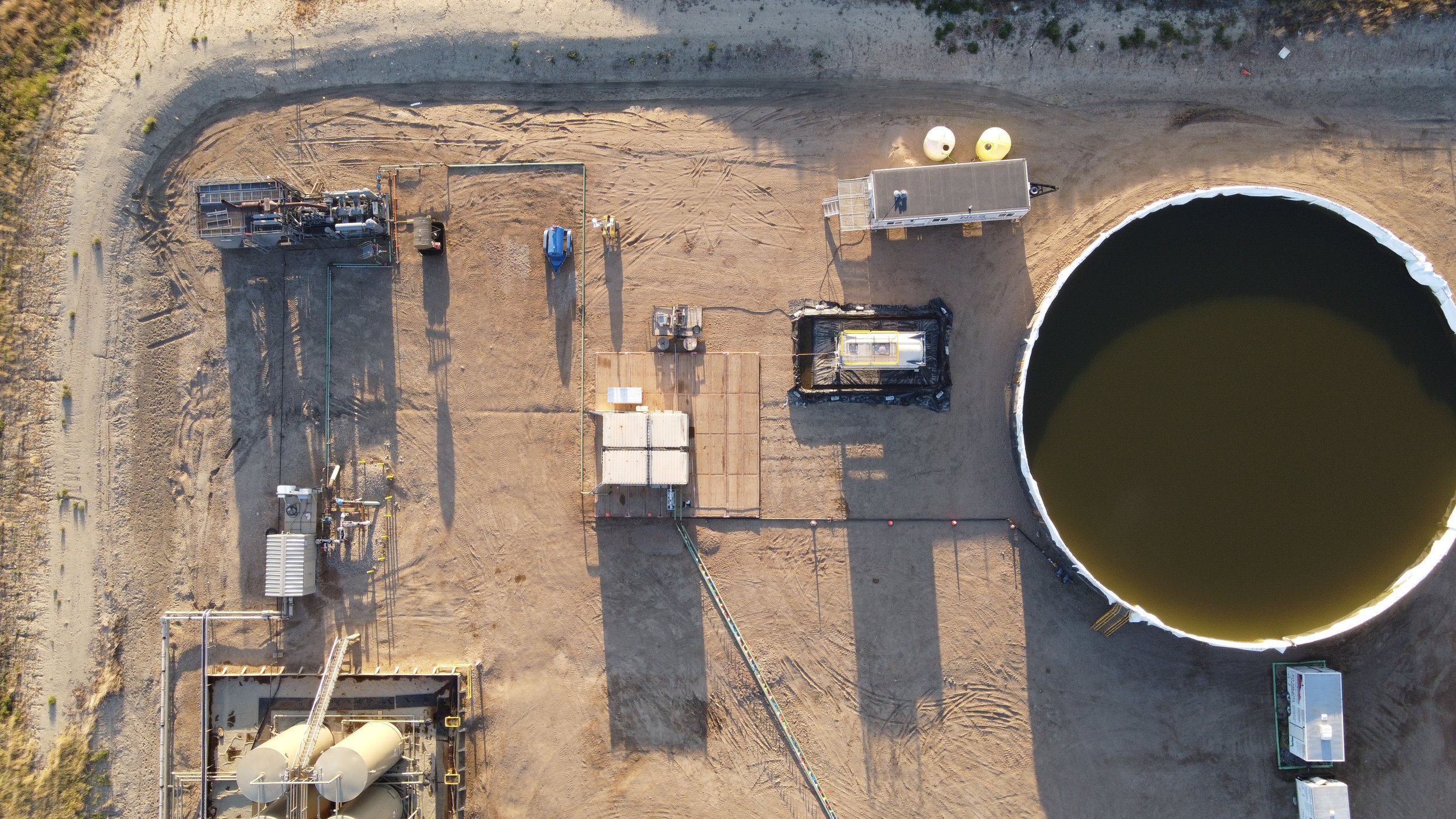EOR ETC Delivers Increased Oil Production in First Pilot of its Kind
The co-written paper will be presented in its entirety at the Unconventional Resources Technology Conference (URTEC) on Tuesday, June 21 at 11:15 a.m. CST at the George R. Brown Convention Center in downtown Houston, TX.Title
East Nesson Bakken Enhanced Oil Recovery Pilot Test: Co-injection of Produced Gas and a Water/Surfactant MixtureObjectives/Scope
In 2021, Liberty Resources deployed an enhanced oil recovery (EOR) pilot via a single, huff ‘n’ puff well in a 2560-acre spacing unit at the East Tioga Field in Mountrail County, North Dakota. The pilot test was designed, permitted, and conducted by Liberty Resources, in partnership with the Energy Environmental Research Center (EERC) and EOR ETC. The objectives were to: 1) re-pressure the reservoir above the minimum miscibility pressure, 2) prove the concept of using injected water to provide the hydrostatic pressure, that enables the compression of the injected gas at low surface pressures, and to improve gas containment in the reservoir, and 3) use a selected surfactant with the water to enhance the oil recovery through rock wettability altering and interfacial tension reduction.Methods/Procedures/Process
Numerical models were built and calibrated using the available data for the pilot site. Numerous injection scenarios using the models were investigated to evaluate the effects of fluid injection and surfactant to inform the pilot design. A reservoir surveillance program was put in place to evaluate the pilot performance and reservoir response. The plan included the continuous monitoring of the huff ‘n’ puff well and the offset wells in the pilot area and periodic fluid sampling to collect data such as injection and reservoir pressure, injection rates, production data, surfactant recovery, produced gas composition, and fluid specific gravity. A novel co-injection technology developed by EOR ETC, provided the process to coinject produced gas and surfactant laden water during the pilot test.Results/Observations/Conclusions
The pilot was initiated on September 10, 2021, without injectivity issues. The injection cycle was completed on October 11, 2021, during which approximately 46 million scf of produced gas, 40,000 bbls of fresh water, and 2400 gallons of surfactant were injected. No major changes in the production of the offset wells were observed during the injection process. A minor gas breakthrough at one of the adjacent wells was detected but was apparently suppressed by increasing the water slug ratios. The co-injection technology allowed for a relatively low (< 1300 psi) surface injection pressure while achieving a reservoir pressure of 4500 psi, well above the estimated minimum miscibility pressure (MMP) of 2540 psi. Thus, three of the main objectives for the pilot were achieved.Applications/Significance/Novelty
By proving the concept of the Rapid-Switched, Stacked-Slug (RSSS) injection system, this pilot demonstrates that unconventional EOR can be performed at lower surface pressures and thus, safer and at lower costs. This process is unique in shale oil plays in that previous EOR projects used gas only injection, requiring high compression to get the gas to miscibility pressures, which is a major expense. Another significant feature of this pilot was the addition of surfactant to further improve oil recovery through rock wettability altering and interfacial tension reduction. By coinjecting water along with a reservoir specific surfactant to drive the gas and modify the rock wettability, the result is a re-pressurized reservoir and an effective EOR process.Interdisciplinarity
A multidisciplinary team of, geoscientists, reservoir engineers, surface facility engineers, field operation engineers and professors from Liberty Resources LLC, EERC, EOR ETC and Texas A&M University have worked together closely to develop and execute the unconventional EOR pilot test in the BPS. The team conducted a variety of activities over the course of the project during the past two years (2019-2021) including 1) project planning and site screening and selection, 2) geologic modeling and simulations 3) permitting and reservoir surveillance program 4) surface and subsurface infrastructure planning 5) pilot execution, 6) pilot data analysis and performance evaluation, and 6) project coordination and reporting.Authors
Gordon Pospisil, Larry Griffin, Tappan Souther, Stacy Strickland, Jeromy McChesney, and C. Mark Pearson, Liberty Resources LLC; Brian Schwanitz and Adrian Williams, EOR ETC; David Schechter, TAMU; Chantsalmaa Dalkhaa, James Sorensen, John Hamling, Bethany Kurz, Nicholas Bosshart, Ailin Assady, and Jin Zhao, EERC.
